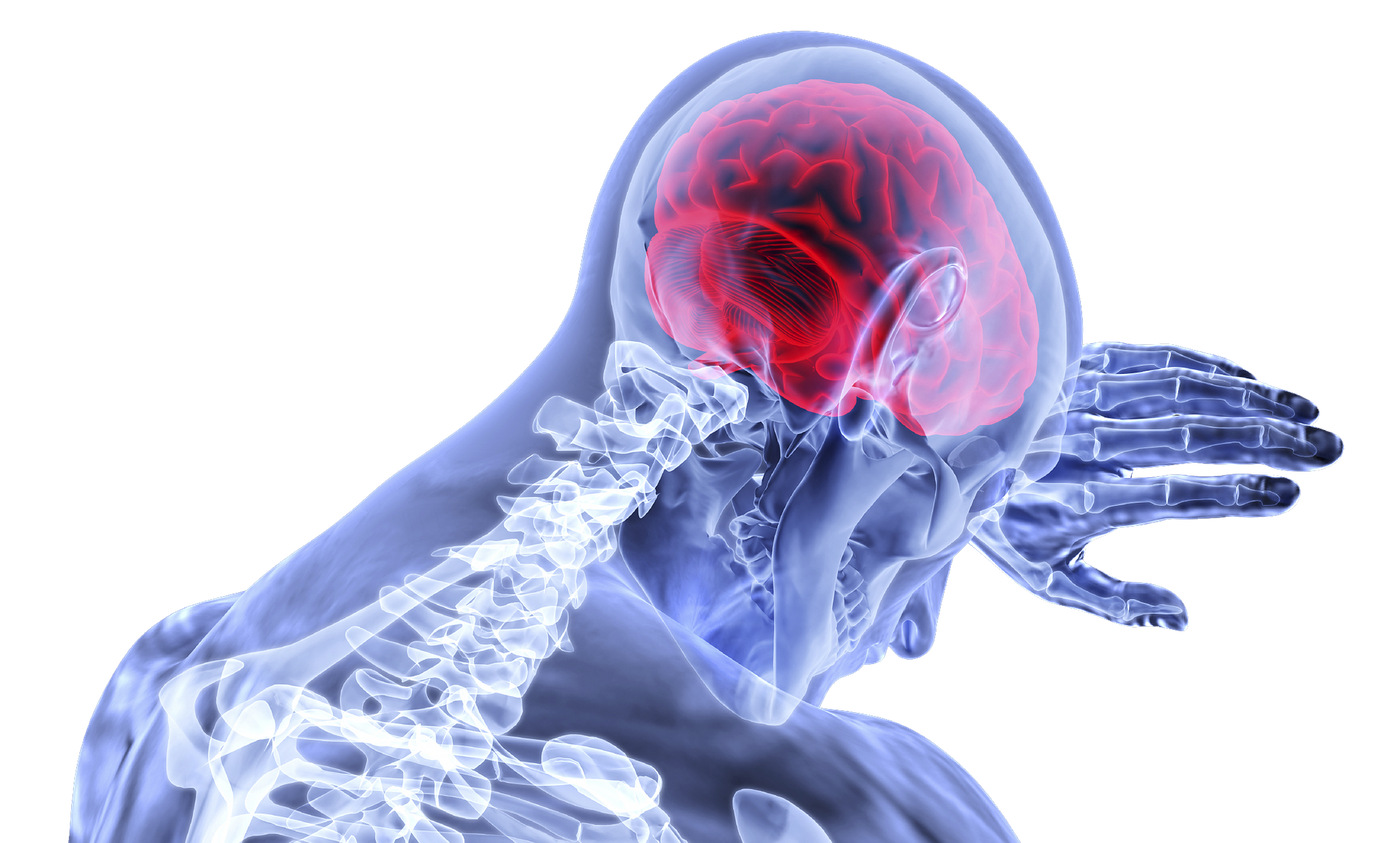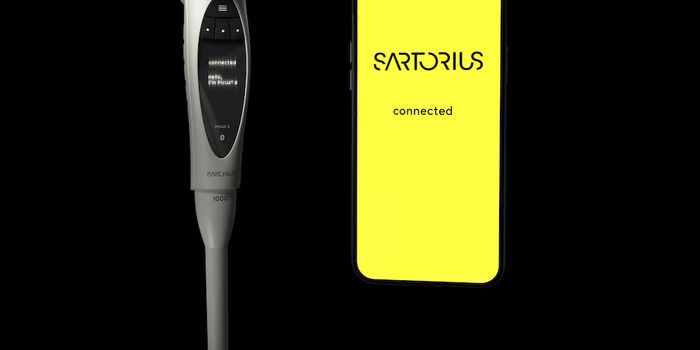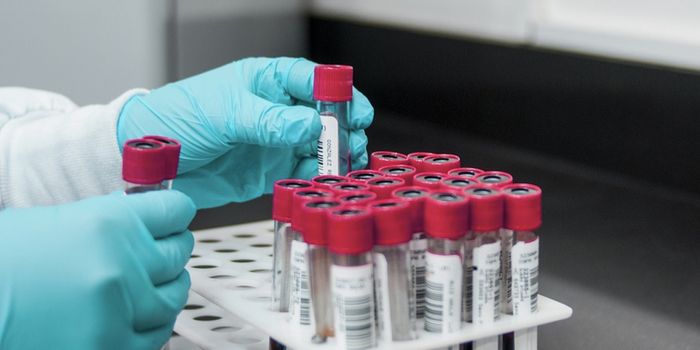FDA nod for AI-powered technology to detect strokes
The US Food and Drug Administration (FDA) has provided clearance for a novel technology that uses artificial intelligence (AI) to detect strokes. The platform was designed and developed by Aidoc, which has three other FDA-approved systems for diagnosing various acute and chronic conditions in the spine, abdomen, and chest.
The vast majority of strokes are ischaemic, which occurs as a result of a blood clot blocking the flow of blood to the brain. Strokes can also be hemorrhagic in nature when a blood vessel in the brain ruptures. During a stroke, the brain is deprived of oxygen, causing huge numbers of neurons in the affected area to die within minutes. Signs of a stroke include slurred speech, paralysis in one side of the body and loss of coordination.
Elevated blood pressure is a significant risk factor associated with having a stroke, with smoking, obesity, diabetes, and high cholesterol also contributing to an increased risk. In 2015, it was estimated that there were over 42 million stroke survivors worldwide, indicating the sheer extent of the global medical burden from this disease.
Aidoc’s AI-driven system aims to lessen the impact of strokes by diagnosing them faster and more accurately than conventional clinical protocols. Here, the software is capable of identifying both classes of strokes from computerized tomography (CT) scan data, automatically putting suspected cases at the top of radiologists’ worklists, such that medical attention is rendered sooner for these critical patients.
The advent of AI-powered assistive technologies has not always been met with open arms by radiologists and physicians, with many doubting its ability to navigate complex clinical practices and expertise that can only be gained by years of work with patients. However, these platforms are not intended to replace clinical practitioners, but instead to be used as a tool to simplify and accelerate their workloads. Research has found that many radiologists have unrealistic volumes of scans to attend to on a daily basis, requiring them to look at images every three seconds for eight hours a day just to complete their massive quotas.
However, when it comes to strokes, time is of the essence and delayed diagnoses can have permanent, debilitating long-term consequences on patients.
“Stroke is the ultimate time-critical condition. The faster we can identify, diagnose and treat it, the better the outcome for patients,” says Dr. Marcel Maya, co-chair of Cedars-Sinai Medical Center’s Department of Imaging.
Speaking on Aidoc’s diagnostic system he adds, “Aidoc’s comprehensive stroke package flags both large vessel occlusion and hemorrhages inside our existing workflows, ensuring we can diagnose stroke faster and decide on the best course of treatment. We’re already seeing how this has a positive impact on department efficiency and patient length of stay.”
Sources: Medical Device Network, Aidoc.









